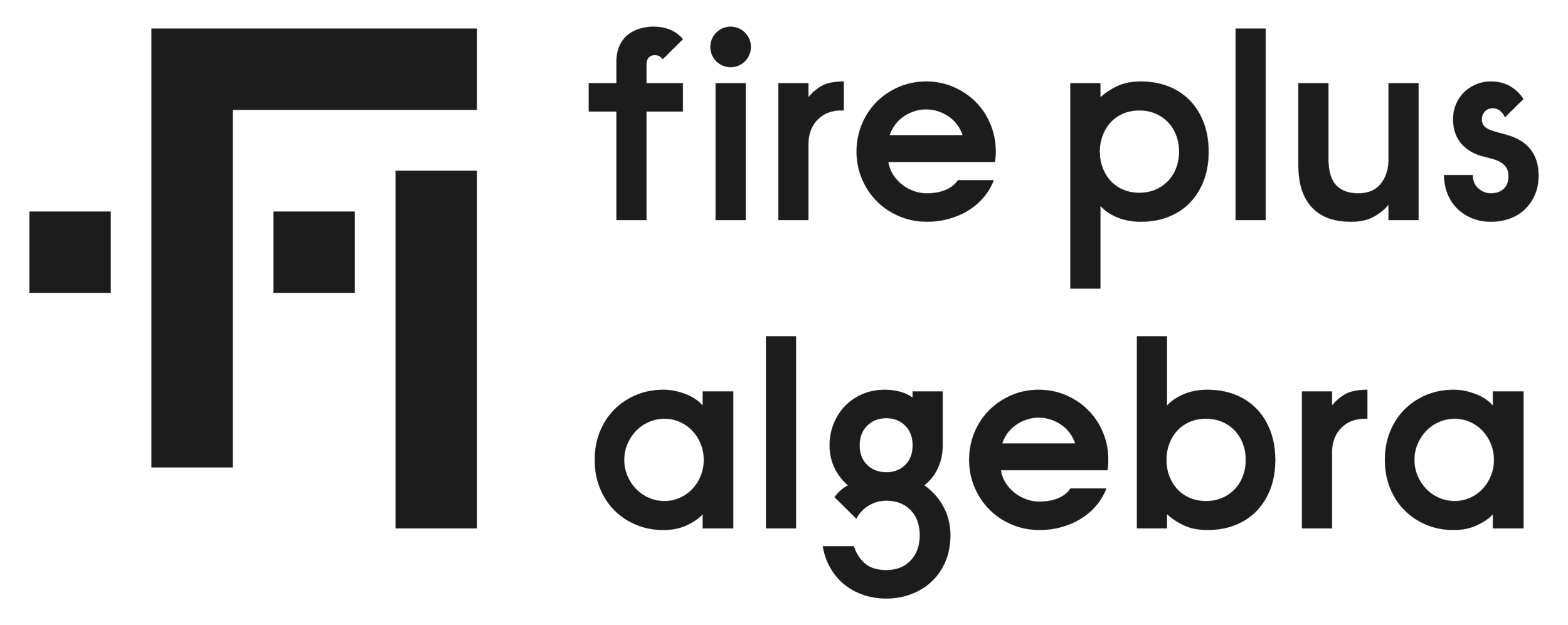Interactive data visualisation tools and libraries
With static data visualisation (slide decks, or on printed materials), you only have two choices when faced with a lot of data – put it all in one crowded visual, or run it across multiple pages or slides. The biggest advantage of an digital, interactive visualisation is that you can effectively stack layers back into the screen, and reveal them based on user action.
Datawrapper
Originally built to help journalists create charts for websites quickly and without needed to do any coding, Datawrapper is now open to all. You upload your data, choose the type of chart you want, and then use the interface to tweak the design and interactivity. At the end of the process you’ll get an embed code that you cut-and-paste into your website CMS (same process as embedding a YouTube video in a blog). The River part of Datawrapper is a place for users to share charts that they’ve built, and the Academy is full of how to articles. If you get 10,000 views or less on your charts, Datawrapper is free to use – after that there are different tiers of license.
Check it out here
Flourish
Duncan Clark and Robin Houston were already known for building great interactive data visualisations like this Carbon Map and one of our own favourites for the Guardian on ‘Which companies caused global warming?’. With Flourish they’ve put their expertise into allowing non-coders to create similar work. Simply upload your data or cut-and-paste from Excel, and then visualise it in a range of formats to use in presentations or embed on your website. The visuals here are particular slick on things like network charts, survey data and the stunning 3D maps.
Check it out here
Google Data Studio
A good choice if you’re creating regularly-updated visualisations for your business or team. Using this suite of tools is less like design and more like plumbing – you connect your pipeline of data to live dashboards or reports. As well use using Google data sources (like Sheets or Analytics), there are 122 Partner Connectors that can feed in – including most leading analytics, CRM and sales platforms.
Check it out here
Tableau Public
Tableau is the Cadillac of data visualisation tools, with a price tag to match. This version is free to use, although you should always be aware that whatever you create will be publicly viewable. The visualisation options are vast, and highly configurable in terms of interactivity and design. There are plenty of examples on the homepage of what’s possible, and there are a bunch of how to videos and sample data sets to start playing with.
Check it out here
Highcharts
This robust library of interactive JavaScript graphs and charts originally came into being because the founder was looking for a way of embedding charts into his website to show snow depth measurements from Vikjafjellet, the local mountain where his family has a cabin. Necessity really is the mother of invention. The range of charts available is extensive, and includes nifty options like drill-down pie charts for layering data. The documentation is also excellent, meaning you don’t need to know anything about JavaScript or coding to get started. Licenses are free for non-commercial use.
Check it out here
Observable
This 'magic notebook' allows allows you to code using JavaScript and see the results immediately as you type – making an excellent tool for beginners, and also a place where more experienced coders can experiment quickly. There are thousands of notebooks that you can browse for reusable code, and the option of collaborating with other users. It allows you to access all your favourite libraries (including D3 – see below), and there's an inspirational gallery of creations by other users (ranging from business dashboards, to academic projects, to digital art).
Check it out here
D3.js
Whenever you see an incredibly complex interactive visualisation online, there’s a strong chance it was created with D3. Check out some of the ‘visual essays’ from The Pudding if you want a taste. The downside to the high-level of control you get over the final output is that D3 has a much steeper learning curve than other tools we’ve mentioned – although this is technically a JavaScript library, you’re not given a set of templates to pick up and adapt. Honestly, we’ve found that it’s fairly rare that people need to create something beyond the bounds of what’s available in the other tools and frameworks above. However, it is worth knowing D3 exists, and if you’re already proficient in JavaScript it’s well worth exploring what it can do.
Check it out here
